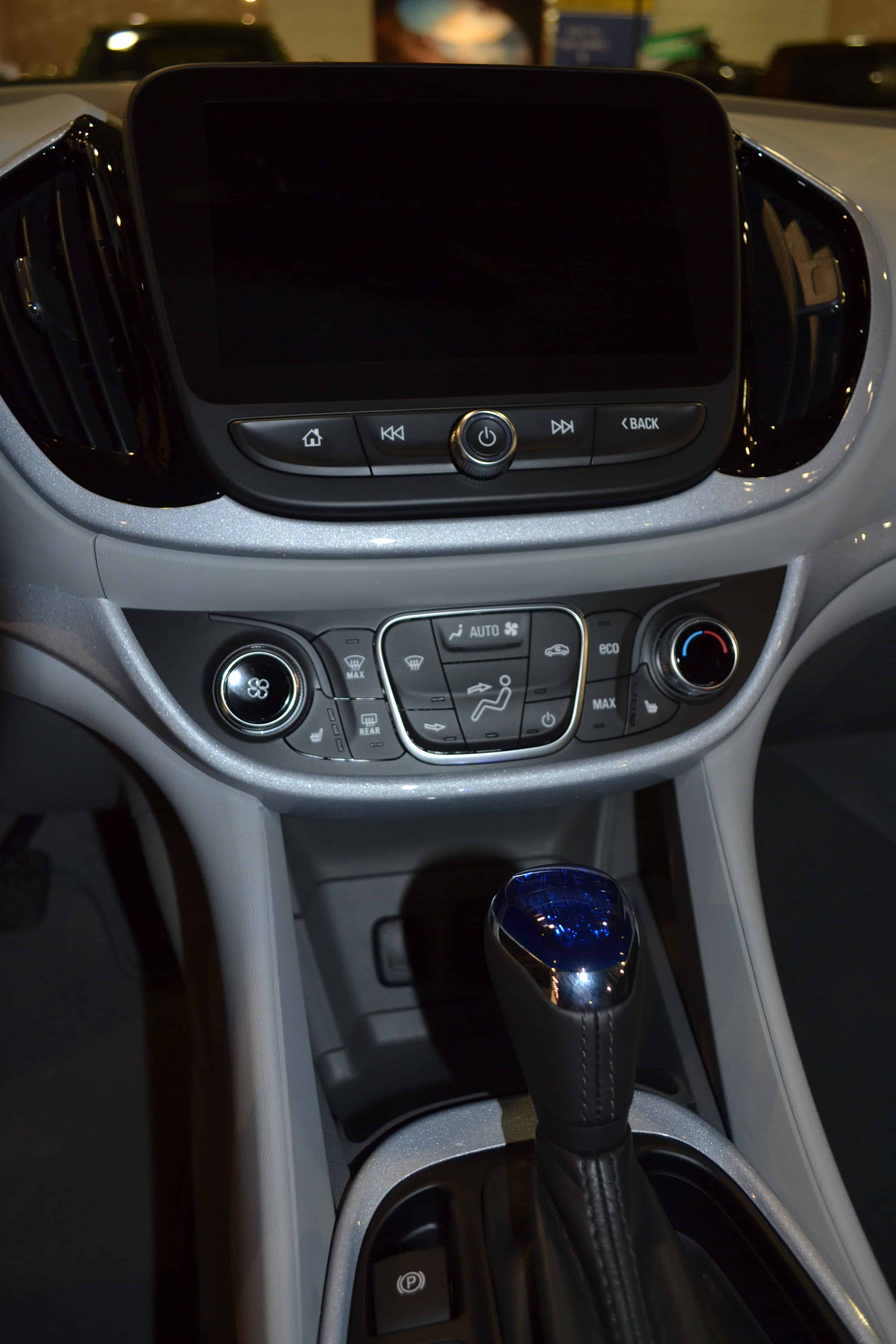They don’t build ’em like they used to
By Andrew Ross, publisher Jobber News Magazine, Canada
Note: Andrew Ross was kind enough to share his April 2016 editorial for Jobber News with us. We have reprinted it on the MACS blog with the permission of Jobber News and www.autoserviceworld.com
They just don’t build cars like they used to.
More importantly though, those who build them, don’t see them the way they used to.
And neither do those who drive them.
Car companies have turned their focus significantly from making metal machines that move people to machines that get people to where they want to go, entertained and informed.
While it is an undeniable truth that every automaker is looking to sell what it is showing—concept cars aside—the conversation has become so focused on things beyond styling and mechanical features that it is easy to forget that these are car companies doing the talking.
It used to be that car companies would seek to excite you about what they built by showing you how much fun it was to drive and where you could go; now it’s all about giving drivers the capability to do a whole bunch of other things on their way to where they are going.
It’s all about the “user experience” in the parlance of the web world.
A presentation by Ford Motor Company of Canada president and CEO Dianne Craig at the Canadian International Auto Show in Toronto, stated unequivocally Ford is being recast as a “mobility company” going beyond building cars to providing information and systems to help people get around more effectively and efficiently. From dining, to travelling to parking, all at your fingertips, dutifully curated by Ford.
Listening to the presentation was surreal and though it struck me as equal parts utopian view of the car consumer of tomorrow and coldly calculated strategy to convince stock analysts that the company was a new economy business.
Regardless, it is more clear evidence that the car companies recognize that cars as a stylish mode of transport is receding into the background, while their capabilities as a smart phone on wheels has moved to the forefront.
Horsepower be damned, you’re not going to sell too many cars if the driver can’t get directions to their favourite mall or restaurant and seamless provide a playlist for the trip.
This reflects a fundamental shift in how people see their vehicles. And how they maintain them, or rather don’t maintain them.
When these systems break—because they always do–most people don’t go to the dealer to get them fixed (87% according to a recent J.D. Power and Associates U.S. market report) and of those who did, less than a quarter actually ended up with a fully successful repair.
In the aftermarket we are used to the increasing challenges that technology places on aftermarket, but we barely consider the impact that that whole new class of technology will have on our industry.
Consider for a moment, millions of car owners, gritting their teeth in frustration daily, just hanging on till they can afford something shiny and new, but who would gladly keep their car longer if “the darn GPS” or whatever “still worked.”
Consider too that it might be easily repaired, or not really in need of a repair at all, just a skilled reboot.
Plainly put, if the aftermarket can effectively keep all those infotainment systems operating properly, they will keep those cars in the hands of their owners longer, and keep that customer longer too.
It’s something to think about.
Learn more at www.autoserviceworld.com

